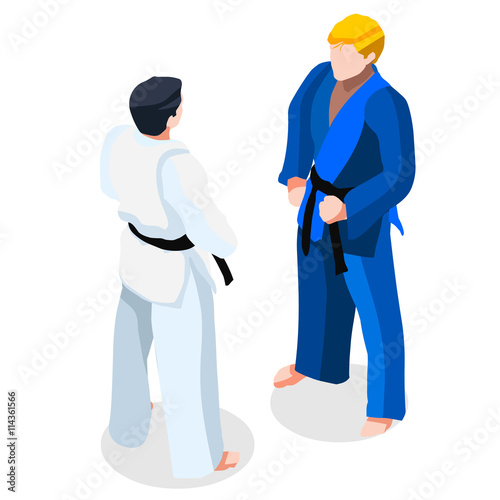A Relative Study Of Standard Martial Arts And Modern Fight Sports: Highlighting The Important Differences
A Relative Study Of Standard Martial Arts And Modern Fight Sports: Highlighting The Important Differences
Blog Article
Authored By- premier martial arts
When you think of martial arts, do you lean extra toward the traditional techniques or the contemporary combat sports? Each path uses special advantages and experiences, shaped by their ideologies and training approaches. Standard martial arts highlight individual development and discipline, while contemporary battle sporting activities concentrate on competition and performance. Understanding these distinctions can lead you in selecting the appropriate technique for your journey. However just how do these differences manifest in training and philosophy?
The Philosophy and Background Behind Conventional Martial arts
While lots of people connect martial arts with physical battle, the ideology and background behind standard martial arts run much deeper. You'll locate that these self-controls emphasize personal development, discipline, and regard.
Stemming from old techniques, conventional martial arts were often created for Self-Defense and spiritual advancement. learn kajukenbo personify principles such as balance, harmony, and self-constraint, assisting professionals beyond simple fighting abilities.
As you educate, you'll not just find out strategies but also gain insights into the culture and values that formed these arts. The rituals and traditions, usually given with generations, foster a feeling of neighborhood and belonging.
The Affordable Nature of Modern Combat Sports
Modern battle sports have changed the landscape of martial arts right into a very affordable sector, where athletes take on in a test of skill, strategy, and endurance.
https://alexissaipx.azzablog.com/35698679/advantages-of-enrolling-children-in-martial-arts-classes 'll observe that competitors are typically organized with strict rules and laws, ensuring justice and safety. These events bring in huge audiences, sustaining the exhilaration and strength of competitions.
Professional athletes educate carefully, not just for physical prowess but additionally for mental durability, knowing that every detail counts in the ring. The adrenaline rush throughout competitions is apparent, as fighters push their limitations to declare success.
Fans value the athleticism and virtuosity included, making modern combat sports a thrilling phenomenon that continues to develop and captivate lovers worldwide.
Training Methods and Strategies: A Relative Analysis
The competitive atmosphere of contemporary combat sports demands ingenious training techniques that vary significantly from conventional martial arts.
In modern training, you'll concentrate on details methods, competing, and conditioning, typically utilizing drills that mimic genuine fight situations. You'll see a focus on measurable efficiency and constant competitors to analyze your abilities.
On the other hand, conventional martial arts focus on kinds, katas, and philosophical trainings, usually stressing discipline and respect over competition.
Training is typically much less intense and might include repeated method as opposed to real-time sparring.
While both strategies construct skill and physical fitness, contemporary combat sporting activities provide an extra dynamic and versatile training atmosphere, preparing you for instant obstacles in the ring or cage.
Pick the course that straightens with your goals and interests.
Conclusion
In selecting in between traditional martial arts and modern combat sports, it really boils down to what you value most. If kajukenbo self defense institute searching for individual development, discipline, and a feeling of area, conventional arts may be your ideal fit. But if you flourish on competitors and real-time difficulties, contemporary fight sporting activities could be the way to go. Eventually, both paths offer unique advantages, so it's all about straightening your training with your personal objectives and rate of interests.
